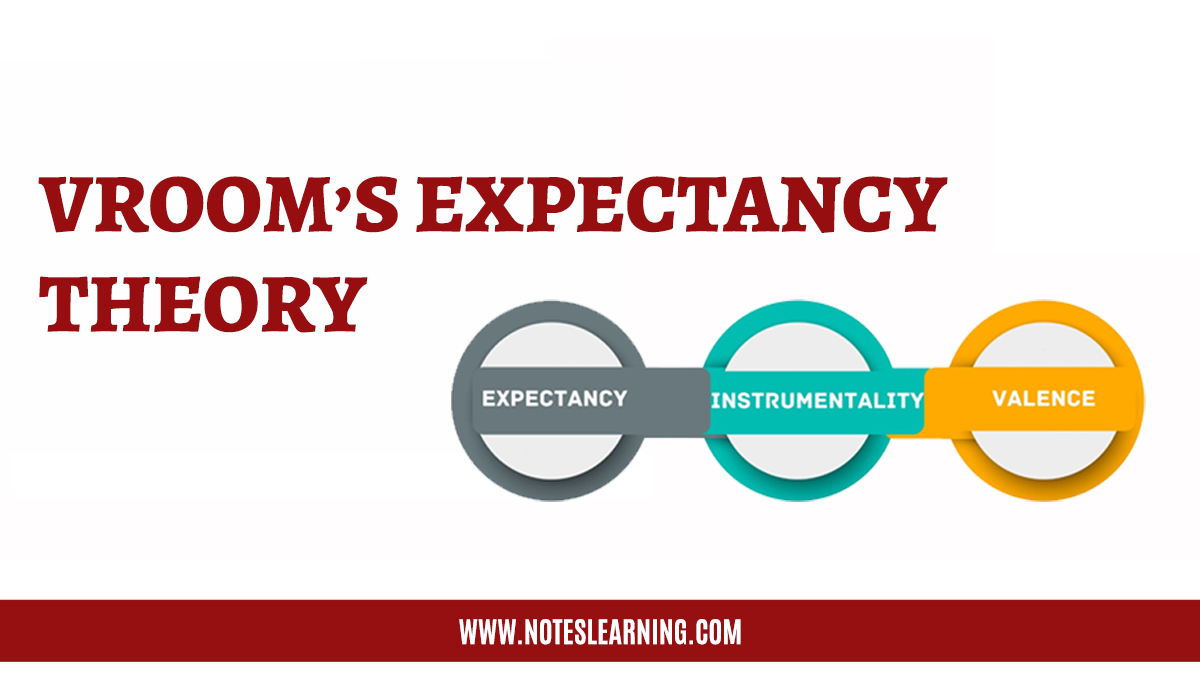Introduction
Vroom’s Expectancy theory of motivation was originally put forth by Dr. Victor Vroom, business school professor at Yale School of Management, in 1964. It is predicated on the notion that people think that their efforts will result in the consequences they want. The person believes they can perform because of their experience. Finally, they focus their efforts on results that will help them achieve their goals. The theory also makes the assumption that people are deductively calculating and are rational.
In line with Vroom’s Expectancy Theory, motivation essentially comes down to deciding how much effort to put out in a certain circumstance. The theory goes on to say that expectation times instrumentality times valence is the motivational force. Therefore, this theory is also called VIE Theory. This suggests that motivation will be higher the higher these three numbers are. Supporting clients in their decision-making regarding effort, performance, and rewards will have an impact on their level of motivation, either positively or negatively.
According to this theory, the likelihood that an action will result in a particular outcome and how desirable that outcome is to the individual determines how strong a desire to act in a certain way is.
Focus of Vroom’s Expectancy Theory
The following three relationships are the focus of the expectation theory:
Relationship between effort and performance: What are the chances that the person’s effort will be noted in his performance evaluation?
Relation between performance and reward: It discusses how much an employee thinks receiving a favorable performance review results in receiving benefits from their employer.
Relationship between rewards and personal goals: The attractiveness or appeal of the possible reward to the individual is everything.
The aforementioned diagram demonstrates how the various components work together to increase motivation. The intensity of each of the three components will affect how motivated the customer is to explore their ideas or pursue their goals.
Assumptions of Expectation Theory
- People enter organizations with preconceived notions about their needs, desires, and life experiences. These factors affect how individuals act within an organization.
- An individual’s actions are the consequence of self deliberate decision. In other words, people are free to act in a particular way based on their own anticipation estimations.
- Different individuals have different expectations of the organization such as job safety, promotion, lucrative salary and challenges.
- Individuals would act in a certain way to maximize their own personal outcomes.
Components of Expectancy Theory
Expectancy
An individual’s expectation is their conviction that exerting a certain amount of effort would improve performance. A probability that can range from 0 to 1 is called expectation. An expectation of zero means that the effort had no effect on the outcome. An expectation of one means that a certain first-level outcome will occur as a result of behavior.
Instrumentality
A person’s perception that a given outcome is dependent on a particular level of performance is represented by instrumentality. An individual may believe that a first-level outcome is related to a second-level outcome. Instrumentality is between -1 and 1. When the instrument is 1, it means that a certain outcome is entirely contingent on performance. When instrumentality is 0, there is no correlation between effort and result. Finally, an instrumentality of -1 shows that great performance decreases the likelihood of achieving the desired result while poor performance increases the likelihood.
Valence
Valence is the value that people assign to an outcome, either positively or negatively. Based on our needs and requirements, we give an outcome a value. Most people place a high value on outcomes like pay raises, promotions, or recognition but place no value on stress or job losses. Valence results are measured on a scale from a negative value to a positive value and rely on individual needs.

Advantages of Expectancy Theory
- Self-interest: A person’s desire to reduce dissatisfaction and maximize satisfaction.
- Common sense: By segmenting motivation into easily distinguishable stages, it explains the range of motivation.
- More scientific: It explains many of the phenomena found in businesses relating to employee efforts, work performance, employee motivation, etc.
- This theory emphasizes on rewards and other ways of recognition.
Disadvantages of Expectancy Theory
- Idealistic theory: According to a small number of specialists, the complexity of the theory makes it challenging to both test and put into practice.
- Limited usage and is more reliable when people can clearly see the connections between effort, performance, and rewards.
- Due to the complexity of this hypothesis, its viability cannot be thoroughly assessed.
- It is impossible to put this notion into action.
References

